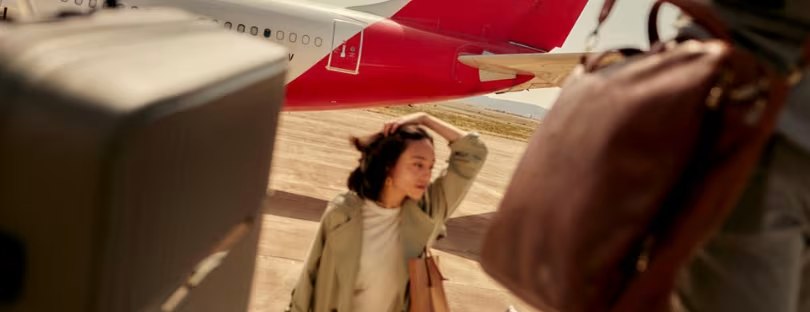
Navigating Tornado Season: 5 Tips For A Traveler’s Guide to Safety
Traveling is an exciting adventure, but it can also present unexpected challenges. One such challenge is navigating the weather, particularly during tornado season, which coincides with peak travel months in the United States. Tornado safety while traveling
To ensure a safe and enjoyable journey, it’s crucial to understand tornado safety while traveling.
1. Education: Your First Line of Defense
Knowledge is power, especially when it comes to tornado safety. Tornadoes can occur at any time of the year, but they are most prevalent from April to July. According to NOAA’s National Weather Service, this period sees an average of 782 out of the 1251 tornadoes reported across the United States each year. Most of these dangerous storms occur between 4:00 p.m. and 9:00 p.m.
2. Identifying Tornado-Prone Areas
While tornadoes can strike anywhere, certain regions are more susceptible than others. The United States experiences about 1,200 tornadoes annually, four times the number seen in Europe. The most active areas include Oklahoma, Kansas, and northern Texas, collectively known as “Tornado Alley.”
Travelers should also be cautious when visiting “Dixie Alley,” which includes the tornado-prone regions of Mississippi, Alabama, and Florida.
Practice tornado safety while traveling and avoid travel to these regions during peak times when possible. If you plan to travel, keep a close eye on storm watch and weather reports and have a safety plan in place before traveling.
3. Implementing Tornado Safety Tips
Preparation is key when it comes to tornado safety. Here are some tips to keep in mind:
- Have an emergency plan in place, including an evacuation route to a safe location.
- Ensure you have access to food, water, flashlights, a first-aid kit, batteries, and any necessary medications.
- Choose accommodations that have a tornado shelter.
- Seek shelter indoors if a tornado warning is issued in your area. The safest places are basements, storm cellars, and first-floor hallways or interior rooms.
- Avoid standing or sheltering near windows during a tornado.
- Download the National Weather Service’s app or tune into local radio stations for updated tornado alerts.
What to do if a tornado occurs while you’re driving:
- If there’s enough distance between you and the tornado, it’s suggested that you drive at a right angle away from it.
- If you’re unable to get away in your car, seek a ditch or depression and keep your hands over your head.
- Don’t seek shelter under an overpass as it can strengthen the tornado’s effects by creating a wind tunnel.
4. What to Do If a Tornado Occurs While You’re Driving
If a tornado occurs while you’re on the road, it’s crucial to know how to respond:
- If there’s enough distance between you and the tornado, try to drive at a right angle away from it.
- If you can’t get away in your car, seek a ditch or depression and cover your head with your hands.
- Avoid seeking shelter under an overpass, as it can intensify the tornado’s effects by creating a wind tunnel.
5. Stay Informed and Protect Your Trip
Stay updated with local news and weather reports to ensure your safety during your travels. Consider investing in travel insurance to protect against any unexpected expenses due to weather events or disasters. Travel insurance can provide coverage for trip cancellation, interruption, or delay due to a tornado, giving you peace of mind during your journey.
Final Thoughts Tornado safety while traveling
By following these tips for tornado safety while traveling, you can remain vigilant of tornado activity in your area and have peace of mind knowing that you’re prepared for any tornado-related emergencies that may arise.









